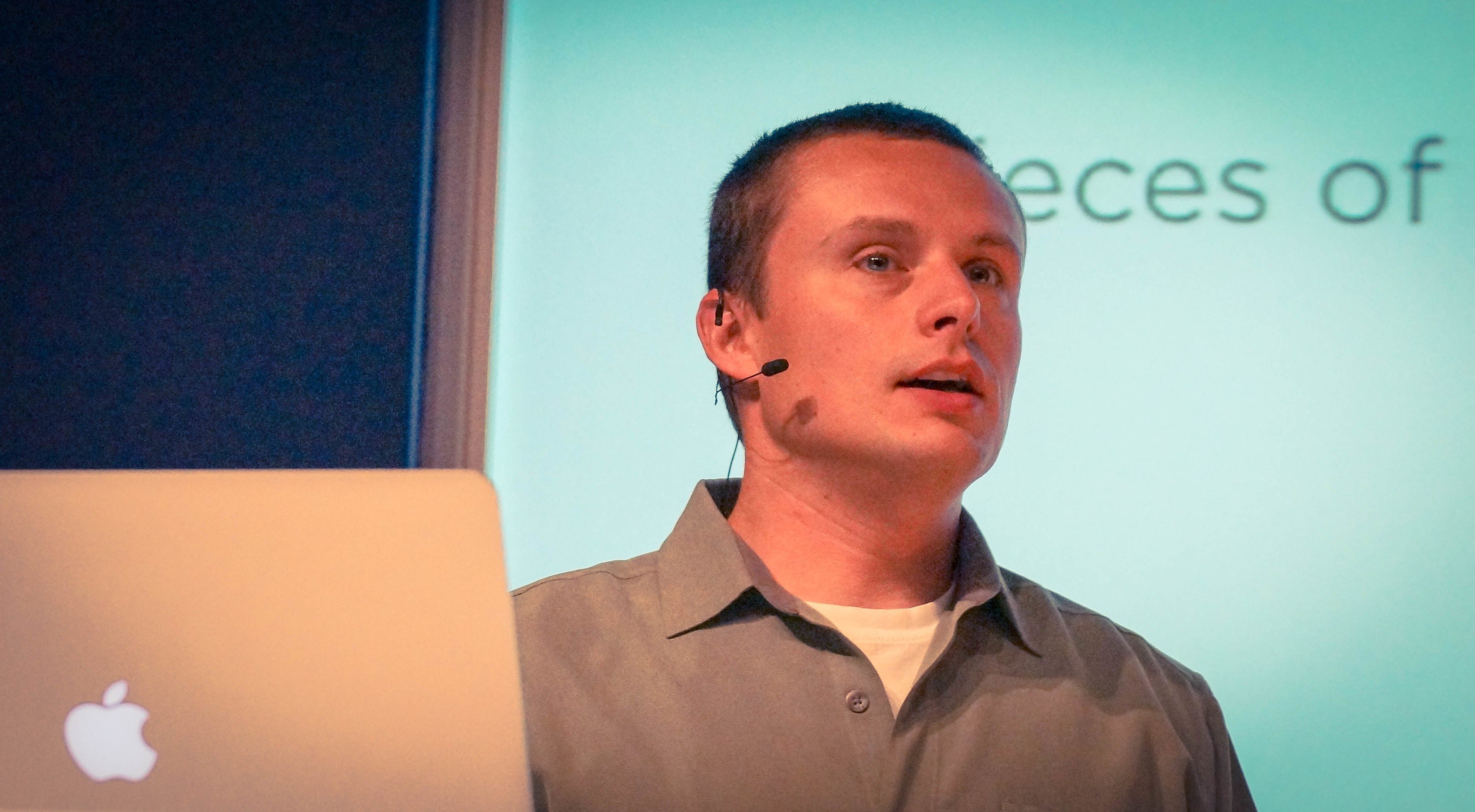Discussing Mobile Matters With A Mobile Master: the Luke Wroblewski Interview
We took a few moments to talk design, forms, and the screens that are eating the world with one of our favorite people, Luke Wroblewski.

How and where did you get your start in web design?
I started at the University of Illinois in the engineering program. After a semester and a half of late nights in the digital computer lab, trying to wrangle C++ on command line workstations, I decided to switch degree programs and move over to art and design. So, quite literally, I went from writing quick-sort algorithms to drawing nude models.
In the art and design program, I never dropped my interest in computers, which naturally led me to software design and eventually the web. I was immensely lucky that the University of Illinois was the birthplace of the graphical web, with NCSA Mosaic. It was the perfect intersection of my interests in art and engineering. So I took an internship at NCSA and never looked back.
You've worked for and advised some of the biggest names in the business. How did that come about?
I'd like to think it's an outcome of following your interests. I jumped deep into the web because it was an intersection of two things that fascinated me. So I had double the amount of stuff to explore. As part of that exploration, I regularly shared what I learned through research papers, articles, and eventually presentations and books.
It turns out, when you're interested in something and sharing what you learn about it, people with similar interests find you. These days, those people are massive technology companies that care about mobile, interface design, and user experience.
What led you to create Input Factory and Polar?
The impetus for Input Factory is pretty simple: forms suck for users on mobile, but they create a lot of value. I've written books about both mobile and form design so what better area to build a business around?
Polar is our first attempt at addressing this problem, as we're starting with two of the most ubiquitous types of forms on the web: comment fields and polls. We think we've got a better solution than what's out there today.
Your talk this year is called “Screen Time.” What will people take away from it?
I think the big takeaway is that screens are eating the planet, and we need to get better at understanding them. We've gotten good at using screen width to adapt our designs today. But as devices continue to get more diverse, we need additional skills and tools. In the talk, I walk through a few skills and tools we can use today, some we'll need tomorrow, and why they matter.
Luke Wroblewski will present his hour-long talk “Screen Time” at every An Event Apart in 2014. You can see him next at An Event Apart Boston in April, along with eleven other brilliant designers, developers, and strategists. Don't miss this inspiring, cutting-edge educational event.